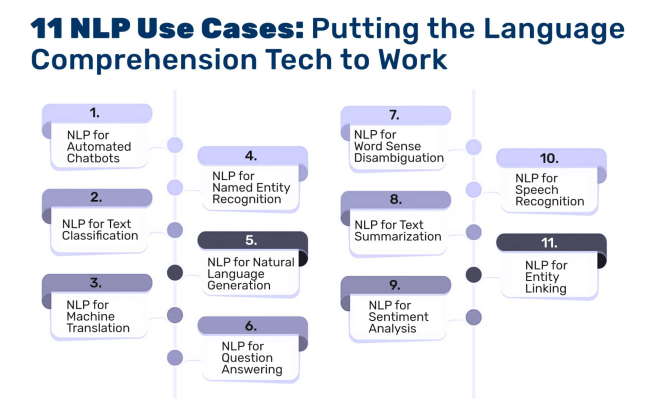3 Ways to Clean a Non-Self-Cleaning Oven

Introduction:
A sparkling clean oven is essential for maintaining kitchen hygiene and ensuring your meals come out tasting their best. While self-cleaning ovens are convenient, not everyone is lucky enough to have one. If you own a non-self-cleaning oven, fear not! Here are three effective methods to keep your oven in tip-top shape.
1. Baking Soda and Vinegar:
This natural method is budget-friendly, environmentally conscious, and incredibly efficient for removing grime and baked-on debris.
– First, mix 1/2 cup of baking soda with a few tablespoons of water to form a paste. Adjust the ratio to achieve your desired consistency.
– Remove the racks from your oven and apply the paste on the interior surfaces, while avoiding the heating elements. Allow it to rest for at least 12 hours or overnight.
– To clean the residue, make a diluted vinegar solution (1 part vinegar to 4 parts water) in a spray bottle. Spritz this solution onto the paste-covered areas and let it fizz.
– Finally, use a damp cloth to remove all remnants of baking soda and vinegar. Give another once-over with a clean damp cloth to ensure thoroughness.
2. Store-Bought Oven Cleaner:
Commercial oven cleaners are convenient and purpose-built for tackling tough oven messes. Follow the specific instructions mentioned on the label of your chosen product.
– Spray the cleaner on all stained surfaces within the oven, again being cautious around heating elements.
– Generally, you must let the cleaner sit for several hours or overnight to loosen up gunk effectively.
– Wipe away all residue with a damp cloth or sponge.
– Repeat as necessary or per product recommendations.
3. Use Ammonia:
Ammonia can be very useful in cleaning ovens; however, be aware that it has strong odors and must be used carefully due to its caustic properties.
– Preheat your oven to 150°F (65°C) and turn it off.
– Fill a heat-safe dish with one cup of ammonia and place it on the top shelf of the oven. Put another container with boiling water on the lower shelf, and close the oven door. Allow the ammonia fumes to work their magic overnight.
– The next day, carefully remove both containers, dispose of the used ammonia, and open windows to ventilate your kitchen.
– To clean, make a diluted ammonia solution (1 part ammonia to 4 parts water) in a spray bottle and spritz it on the stained areas. Wipe well using a damp cloth.
Conclusion:
Whichever method you choose for cleaning your non-self-cleaning oven, always prioritize safety by wearing gloves when handling cleaning products and ensuring proper ventilation. Regularly cleaning your oven will help maintain its performance and save you time and effort in tackling difficult stains in the long run. Happy cooking!

